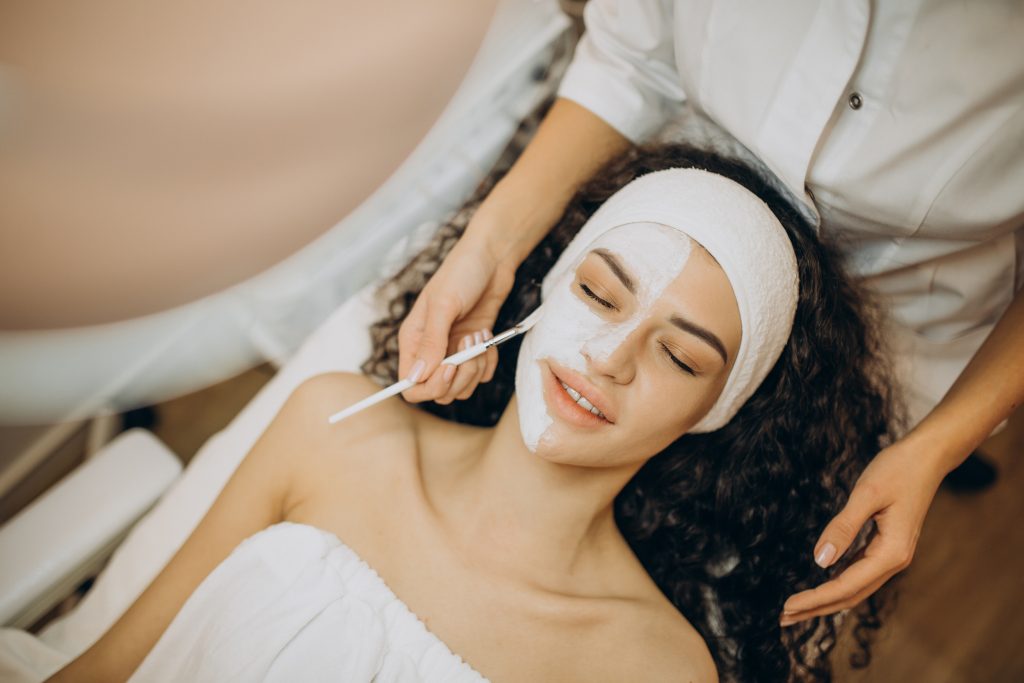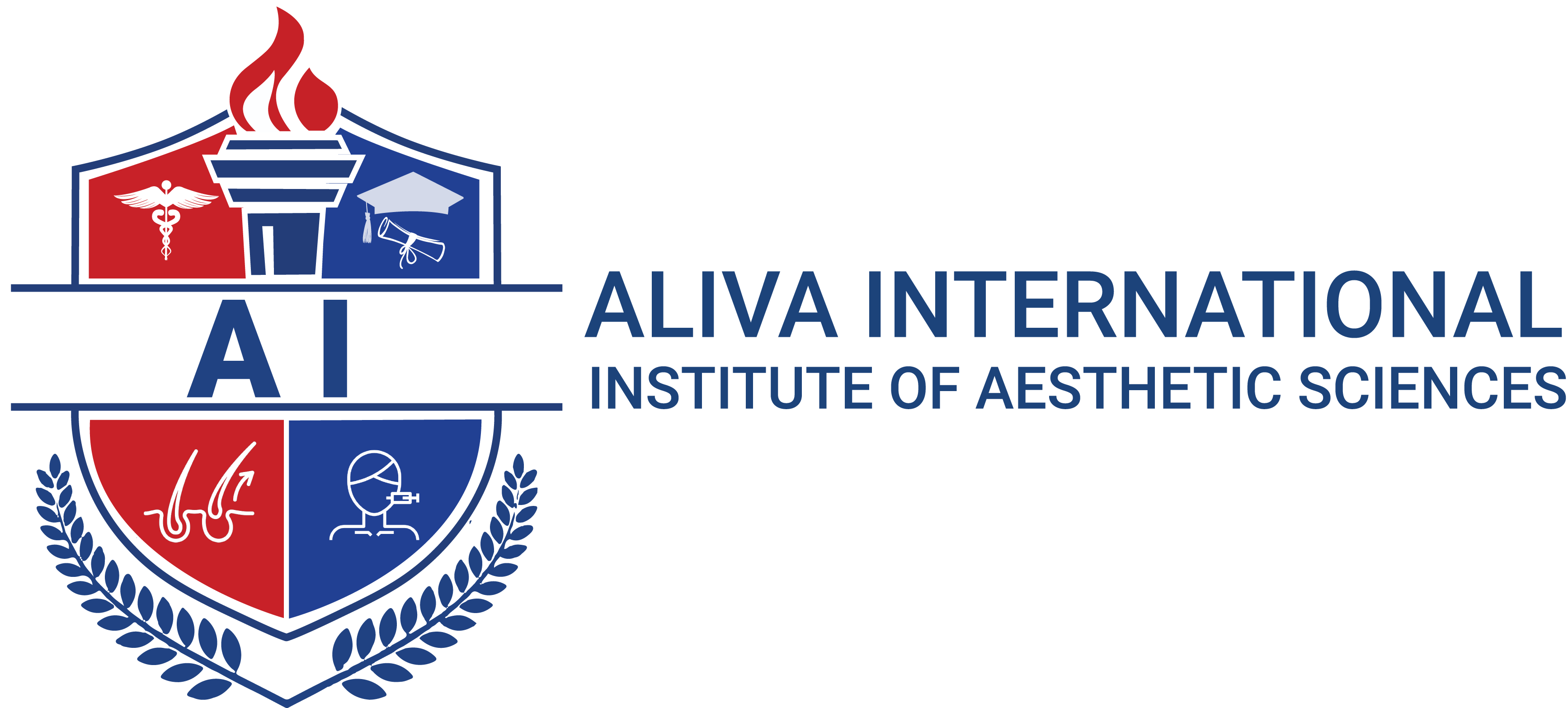Postgraduate Diploma: Mastering Facial Aesthetics
Elevate Your Expertise in Modern Facial Aesthetics
What Will You Learn?
Embark on a transformative journey into the realm of clinical cosmetology with our distinguished Post Graduation Diploma program. Designed for individuals who aim to excel in this dynamic field, this course offers an in-depth exploration of cosmetic procedures, skin health, and the integration of these skills into clinical practice.
- Master advanced techniques in facial aesthetics.
- Develop a thorough understanding of facial anatomy and rejuvenation.
- Stay informed on the latest trends in aesthetic procedures.
- Gain hands-on experience with various facial aesthetic techniques.
- Explore innovative technologies in facial aesthetics.
- Excel in delivering high-quality, client-centred aesthetic enhancements.
POST GRADUATION DIPLOMA IN FACIAL AESTHETICS
Embark on a transformative journey into the world of facial aesthetics with our distinguished Post Graduation Diploma program, meticulously designed for individuals aspiring to become experts in enhancing facial features.
In this dynamic field, our program empowers you to develop a deep understanding of facial aesthetics. We guide you through the intricacies of facial anatomy, advanced techniques, and the latest trends in aesthetic procedures, allowing you to deliver results that exceed client expectations

Facial Aesthetics Treatments







Our comprehensive program covers advanced topics, including facial rejuvenation, injectables, and integrating theoretical concepts with hands-on applications. You’ll gain a holistic understanding of facial aesthetics, preparing you to excel in this field with both confidence and expertise.
Throughout the course, you will benefit from hands-on training, acquiring practical experience in a variety of facial aesthetic procedures. This immersive approach emphasises skill mastery, ensuring you can proficiently deliver high-quality aesthetic treatments to clients.

ABOUT OUR CHIEF DOCTOR
DR. YASMEEN SHAIK
Our chief doctor, Dr. Yasmeen Shaik has 12+ years of experience in cosmetology across the Andhra Pradesh and Telangana with more than 15k+ happiest clients.
- Bachelor of Dentistry– Dr. NTR University of Health Sciences
- Post Graduate Diploma in Clinical Cosmetology – Medvarsity & Institute of Laser Aesthetics Medicine
- Diploma in Trichology – Indian Institute of Cosmetology, Trichology & Nutrition Pvt Ltd
- Master Course in Micropigmentation – IATAM (International Academy of Trichology & Aesthetic Medicine)
- Post Graduate Diploma in Aesthetic Cosmetology – IATAM (International Academy of Trichology & Aesthetic Medicine)
- Fellowship in Facial Aesthetics – IATAM (International Academy of Trichology & Aesthetic Medicine)
